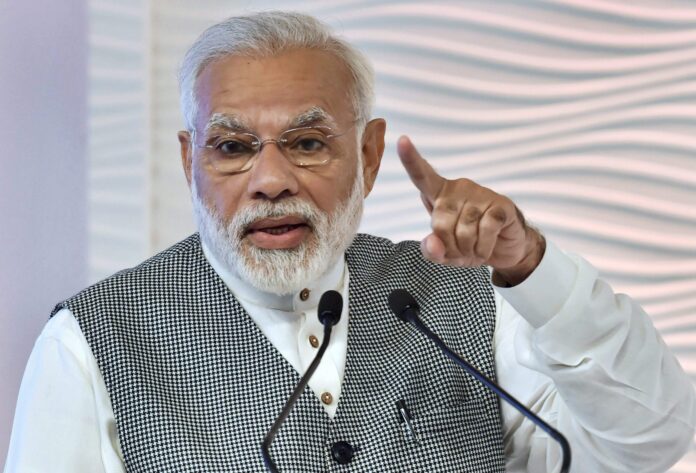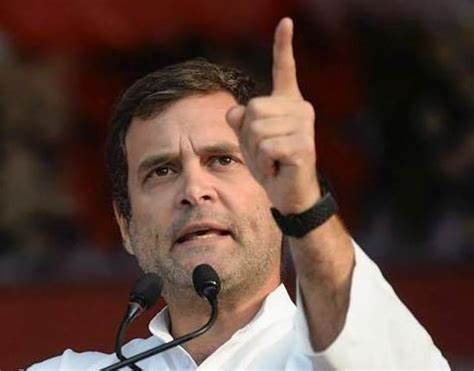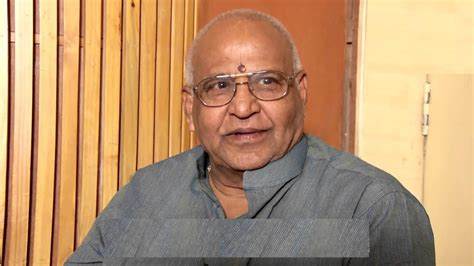(Anita Saluja)
After the setback in the General Election results on June 4, when, for the first time in 10 years, the BJP missed getting absolute majority on Its own at the Centre and in the recently concluded Assembly by-elections spread across seven States, where INDIA Bloc bagged 10 of the 13 seats, the BJP is set to rethink its electoral strategy all over again. The sudden spurt in terrorist attacks recently in Jammu & Kashmir could not have come at a politically more inopportune time for the BJP.
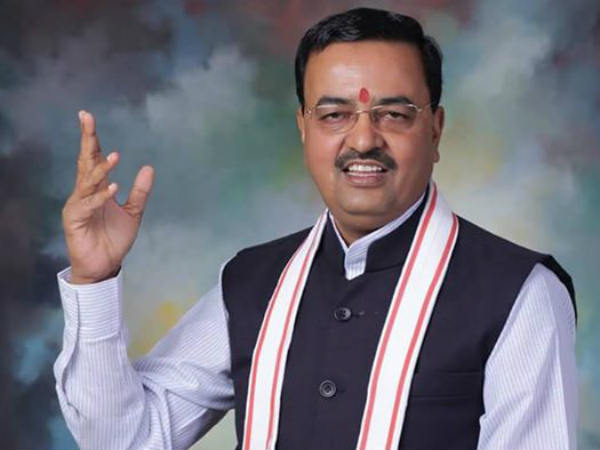
Added to this is the bickering in the Uttar Pradesh BJP, following the electoral setback in the Lok Sabha elections. Uttar Pradesh Deputy Chief Minister Keshav Prasad Maurya recently declared that the organization is bigger than the Government, forcing party central leadership to step in to sort out the issues. Union Home Minister Amit Shah and BJP President J P Nadda are engaged in fire-fighting operations in Uttar Pradesh.
Now, with the Assembly elections in important States like Maharashtra, Haryana and Jharkhand fast approaching, will the BJP consider returning to Hard Hindutva again? This is the question weighing on the minds of political observers. Pressure seems to be building up within the party to get back to Hard Hindutva. The BJP has to hit upon a new idea, in order to bring about a turnaround in its political fortunes.
Hindutva alone can cover all the flanks in the ruling party. It can even energize the BJP cadres, besides consolidating the votebase of the Saffron Party. Hindutva can effectively counter Leader of Opposition Rahul Gandhi’s move of constantly harping on Caste Census and on giving more reservations for Dalits, Adivasis and Other Backward Classes (OBCs), which only sharpens the divide among the Hindus.
A calculation in the BJP is that Hindutva has the potential to unite the different castes and sections and help Hindus to put up a united front once again, just as it has done during these past 10 years.
A number of indications to this effect have suddenly become discernible. There appears to be a concerted move to orchestra new Hindutva themes, which can help Hindutva Agenda to spring back to life. This seems to have been necessiated by the General Election results, when Mutton, Machhli, Mujra, Mangalsutra and snatching SC, ST and OBC Reservations to give it to Muslims did not deliver results upto the BJP expectations.
Newer themes are being identified now, aimed at furthering the Hindutva Agenda, especially during the upcoming round of Assembly elections later this year.

West Bengal BJP leader Suvendhu Adhikari recently said it’s time to drop the slogan, Sab ka Saath, Sab ka Vikas and replace it with a new slogan, Jo Humaare Saath, Hum Unke Saath. In a way, Adhikari blamed the electoral setback in Lok Sabha elections in the State, where the BJP seats tally dropped from 18 MP seats won in 2019 to 12 in 2024, on the Muslim consolidation behind the TMC.
Sab Ka Saath Sab Ka Vikas was Prime Minister Narendra Modi’s pet commitment during the last 10 years. Prime Minister Modi improvised on it by adding Sab Ka Prayaas and Sab Ka Vishwaas. Suvendhu Adhikari now is openly advocating dropping it to replace it with Jo Humaare Saath, Hum Unke Saath.

On the other hand, Assam Chief Minister Himanta Biswa Sarma raised the issue of demographic changes in the State, where Muslim population is growing by 30 per cent every 10 years. Muslims population is now 40 per cent and Assam will become Muslim-majority State by 2041, claimed Himanta Biswa Sarma. Clearly he is raising the anti-Muslim pitch to a new high, by harping that Assam will be the second Muslim-majority State, after Jammu & Kashmir, in India, fuelling fears of Muslims takeover.
Similarly, the escalating controversy over eateries and shops along Kanwariya Yatra route, requiring owners of eateries and shops to display their names during the holy Hindu calendar month of Shravan, has led to sharpening of the communal divide. The ostensible reason being cited is that it will help avoid disputes.

Close on the heels of Uttar Pradesh Chief Minister Yogi Adityanath kickstarting the controversy of making it mandatory for shops and eateries on Kanwariya Yatra route across the State to display names of the proprietors, Uttarakhand has come up with such an order.
It all started with Uttar Pradesh’s Muzaffarnagar District Police order on displaying names of shop-owners. BJP’s key Ally, Janata Dal (United) of Nitish Kumar, criticized the move. Following the political backlash, the Muzaffarnagar administration modified its order, saying names of owners of eateries on the Kanwariya Yatra route can be voluntarily displayed.
It was then that Yogi Adityanath came up with a similar order, making it applicable to the Kanwariya Yatra route running throughout the State.
The Hindutva Card did not work in some State elections earlier, like in Karnataka in 2023. In Karnataka Assembly elections, issues like Hijab ban and removing 4 per cent reservation for Muslims, failed to enthuse the voters. But the BJP voteshare remained intact, though it did not translate into raising the MLAs seats tally.
However, the BJP did manage to convince the voters during the Madhya Pradesh and Rajasthan Assembly elections in 2023.
Now, in the upcoming round of Assembly elections in major States like Maharashtra and Haryana, the Hindutva Card could be the only hope for the BJP to beat back anti-incumbency.
In Maharashtra, the shocker was that compared to the Lok Sabha elections results in 2019, when the NDA bagged 41 of the 48 Lok Sabha seats, in 2024, the INDIA Bloc won 30 of the 48 seats.
However, the difference in the voteshare between the rival political formations is very narrow. The Maha Vikas Aghadi (MVA) got 44.92 per cent of the vote, while the ruling Mahayuti Alliance got 43.54 per cent. The BJP calculations are that if it plays the Hindutva Card well, the Mahayuti Alliance would succeed in stealing a march over the Maha Vikas Aghadi in the upcoming Maharashtra Assembly elections.
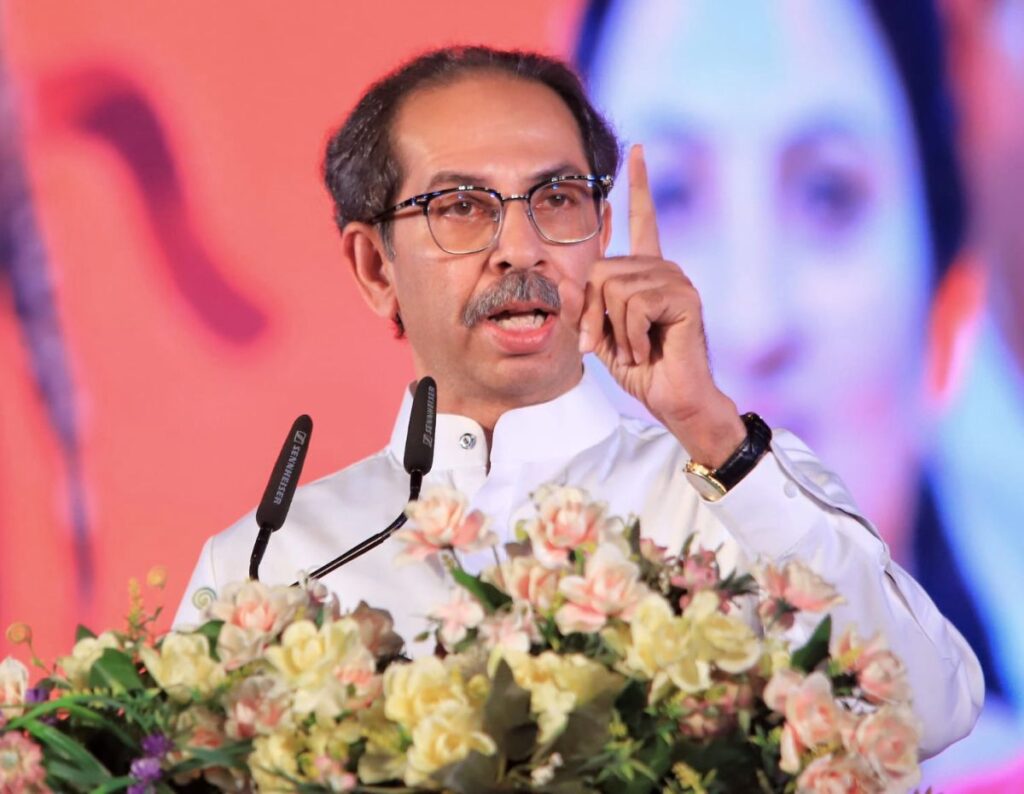
Raj Thackeray’s Maharashtra Navnirman Sena (MNS) is planning to contest 250 of the 288 Assembly seats, which could directly cut into NDA vote. The BJP can effectively counter Raj Thackeray’s MNS again only by playing well the Hindutva Card.
In Haryana, where the BJP has been in power for 10 years, the Saffron Party is on a weak wicket. If anything can really work for the BJP, it is only the Hindutva Card.
It remains to be seen whether the BJP really pulls out all stops and invokes Hard Hindutva again in the upcoming round of Assembly elections. Perhaps that is the only way out left for the BJP to retain Maharashtra and Haryana, besides winning back Jharkhand.

(The writer is Delhi-based senior journalist and political commentator. Views are personal)

